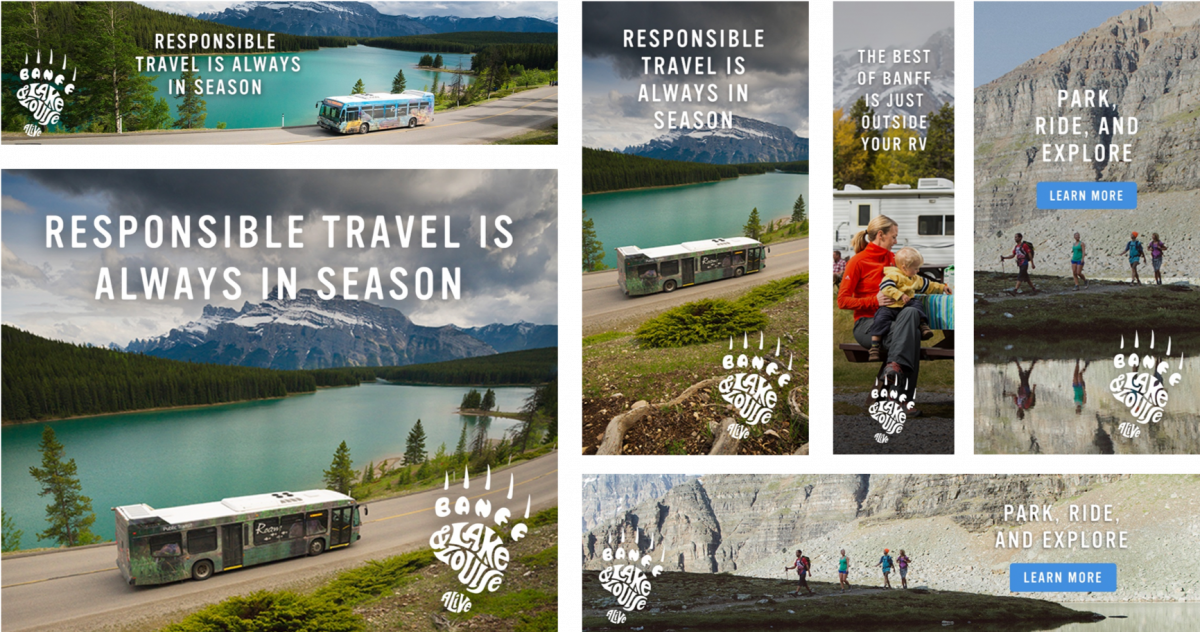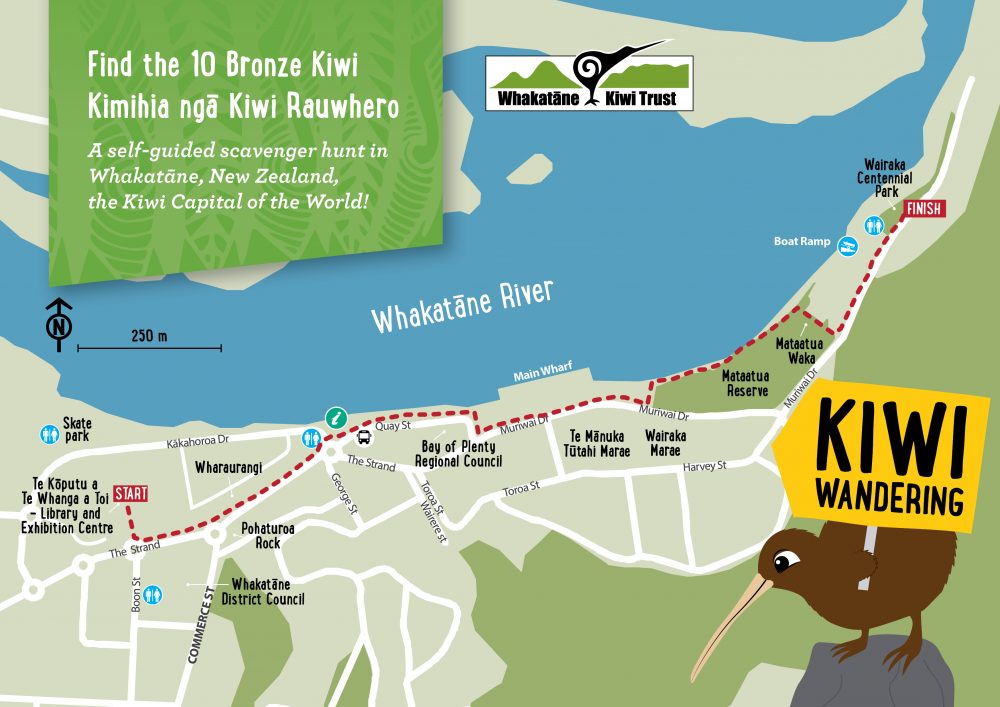If you missed it in March, we published our view on the serious risks of pursuing economic growth as the primary goal of tourism. In short, pursuing greater revenue through higher volumes of visitors is a potential path to being overwhelmed. We are not alone in talking about this; many people have sounded the alarm. We have a running list of resident backlash resulting from what some call overtourism.
Destination marketing leaders like Anna Pollock agree that the traditional focus on growth as defined by visitor numbers is shortsighted. “If the tourism economy has any chance of becoming sustainable (for it certainly isn’t now), we have to enter into a more intelligent, nuanced debate that acknowledges reality and its complexities in terms of both cause and consequence.”
Destinations that have experienced overcrowding at popular locations or have had neighbourhoods eroded as tourism services push residents out are omens for the industry. Managing mass tourism is not a new challenge. The scale of the problem is increasing as the earth’s growing population journeys around the world with affordable travel.
Your destination may not yet suffer from overcrowding or resident backlash, or perhaps signs of it are only beginning to appear seasonally. Mass tourism gone wrong is not inevitable. However, knowing what you now know, you have the opportunity to anticipate problems. Smart destination management is a long-term answer. In the short-term, some destinations are actively addressing this issue in many different ways. Here are five examples.
1) Jackson Hole, Wyoming, USA – Using social media tags responsibly
Like many destinations known for outdoor experiences and natural beauty, Jackson Hole contends with the Instagram effect – when stunning images on social media bring unprecedented crowds that clog trails and threaten to damage ecosystems.
In response, the Jackson Hole Travel & Tourism Board launched a campaign called Tag Responsibly, Keep Jackson Hole Wild. It features posters and videos asking visitors and locals to think through the consequences of geotagging and refrain from using specific geotags when they explore the area.
Instead, the DMO asks visitors to use the general tag created specifically for the campaign. Importantly, this doesn’t just educate visitors but also acknowledges the frustrations and tensions about social media promotion in the outdoor community and invites everyone to be involved in a solution. It doesn’t ask people to stop sharing and enjoying the destination but asks them to do it differently.
The geotag ‘Tag, Responsibly, Keep Jackson Hole Wild’ is visible at the top. The DMO uses specific geotags for known resorts and publicly accessible locations, but uses the new generalized geotag to avoid overcrowding or irresponsible behaviour in wilderness locations.
Why this response is inspiring:
- It acknowledges the responsibilities involved in promoting natural spaces.
- It demonstrates leadership by recognizing a need for change and providing next steps.
- It offers a response that aligns with existing place messaging that the DMO says is “in the spirit of our conservation tradition.”
2) Scotland – Approaching destination management holistically
While Edinburgh grapples with efforts to impose a nightly visitor tax, which is a common debate in popular European city destinations, organizations in Scotland are studying trends that impact destination management. Scottish Enterprise, Scotland’s national economic development agency has, in collaboration with the Scottish Tourism Alliance, VisitScotland and others, evaluated global tourism trends to analyze the future of its tourism industry to 2025.
The four megatrends identified present opportunities to improve visitor experiences and destination management. Two of the trends address issues of unpleasant overcrowding in popular places. Experience More encourages visitors to slow down and savour more meaningful experiences, while Limitless Discoveries emphasizes that Scotland is a large destination to explore, in the hopes of dispersing visitors.
Why this response is inspiring:
- Scottish Enterprise’s research includes interviews with major stakeholders and different tourism regions to ensure consultation and transparency in the planning process.
- The research recognizes the active roles that residents play, referring to them as the “creators, maintainers, and major influencers of visitor experiences.”
- The methodology demonstrates potential for constructive collaboration that benefits everyone.
3) Banff National Park, Canada – Implementing a communications plan to influence visitor behaviour
The turquoise waters and towering mountains of Banff National Park have drawn large numbers of visitors for decades, but when the Canadian government waived park entry fees as part of 150th-anniversary celebrations, the destination forecasted record-breaking visitation and vehicle traffic. Destination Think worked with Parks Canada, the Town of Banff, and Banff & Lake Louise Tourism to create and execute a communications plan designed to boost transit usage during the summer season.
The strategy helped visitors plan their trips using alternate transit options and hidden gems in order to alleviate traffic congestion and disperse visitors geographically.
Why this response is inspiring:
- More visitors have used transit and shuttles. Public transit ridership in Banff increased by 30.6% and 50.7% during the first two summers that the plan was implemented.
- The seasonal strategy provides a blueprint for supporting changes to visitor behaviour and long-term destination management.
- Necessary stakeholder collaboration for Canada 150 emphasized the need for building and maintaining relationships.
- Efforts were measured and had a positive impression on the local community.
- In regards to increased public transit use in 2017, a local councillor said: “Chaos was averted. This summer, in my opinion, was a watershed moment for changes that will lead to a lasting impact for Banff National Park.”

Digital display ads used during the Banff National Park summer communications plan of 2018.
4) Flanders, Belgium – Redefining the purpose of tourism
Visit Flanders is looking to the future of tourism from a position of strength after several years of successful niche marketing campaigns. CEO Peter DeWilde recently reflected on the idea of accommodating healthy growth that has economic benefits without sacrificing authentic experiences or quality of life for residents. DeWilde’s vision for the future centres around the power of tourism to be transformative for both visitors and locals. With continued growth on the horizon, he includes maintaining a genuine appetite for hospitality and a passion for place as key indications of healthy growth.
Why this response is inspiring:
- DeWilde demonstrates leadership by challenging traditional measures of success and growth.
- The Flanders vision responds to overtourism patterns in Europe and seeks to learn from other destinations, recognizing that prevention is easier than recovery.
- This approach communicates a willingness to collaborate, ask challenging questions and incorporate feedback into planning.
5) New Zealand – Demonstrating that cultural leadership goes hand in hand with environmental sustainability
As New Zealand aims to make tourism a 41 billion dollar industry by 2025, sustainability is a high priority to ensure a positive impact for all New Zealanders. One focus is to centre cultural leadership in tourism through Māori values that prioritize caring for people and the land. Some residents are doing this on a local level. For example, Whakatāne’s Kiwi Wandering Trail is a new tourism experience inspired by grassroots conservation efforts and community volunteers.
Why this response is inspiring:
- A focus on cultural leadership lets locals lead and get involved in tourism planning.
- That focus also adds value to visitor experiences.
- The strategy continues to enrich the role and responsibility of being a host via Māori values.

This map of Whakatāne, New Zealand shows the Kiwi Wandering Trail. (Courtesy of Neil Hutton)
While there is no one-size-fits-all solution and the debates about policies and solutions are ongoing, it is clear that an increasing number of DMOs are developing new responses to the problems springing from mass tourism.
As tourism marketers at Destination Think, we’ve pushed the industry forward under the belief that travel makes the world a better place. It brings revenue and jobs, creates meaningful experiences, and builds bridges between cultures.
Today, these ideas are being challenged as environmental and cultural impacts begin to gain the attention they deserve. Destinations need to be more strategic than ever, working closely with their communities, stakeholders and industries to plot a path for the future.
We see more of our work moving in this direction. Clients like Banff & Lake Louise Tourism, Visit Big Sky, Tourism Bay of Plenty and Wonderful Copenhagen are calling on us to help with their biggest challenges related to capacity, overuse and overcrowding. Effective planning needs to have sustainability at the forefront. Many destinations still have an opportunity to avert potential problems, and all need to consider the impact of tourism and the pressures it places on people, culture and the environment.
Running list of DMO responses to mass tourism
- Colorado discusses trail map apps to disperse visitors
- Cape Town’s ‘Love Cape Town Neighbourhoods’ series is designed to educate visitors about different areas of the city to explore
- How Tourism Bay of Plenty turns The Love of Tourism into action
- How These Travel Hotspots Are Trying to Make Tourism Pay Its Own Way
- Aloha Pledge
- Palau Pledge
Related reading: Manage mass tourism before it manages you
Local residents are critical stakeholders for your DMO. How well do you know them? Destination Think helps marketers lead with confidence through industry-leading, collaborative strategic processes that put people first. Contact our team to get started.










Bellissima recensione ricca di spunti di riflessione